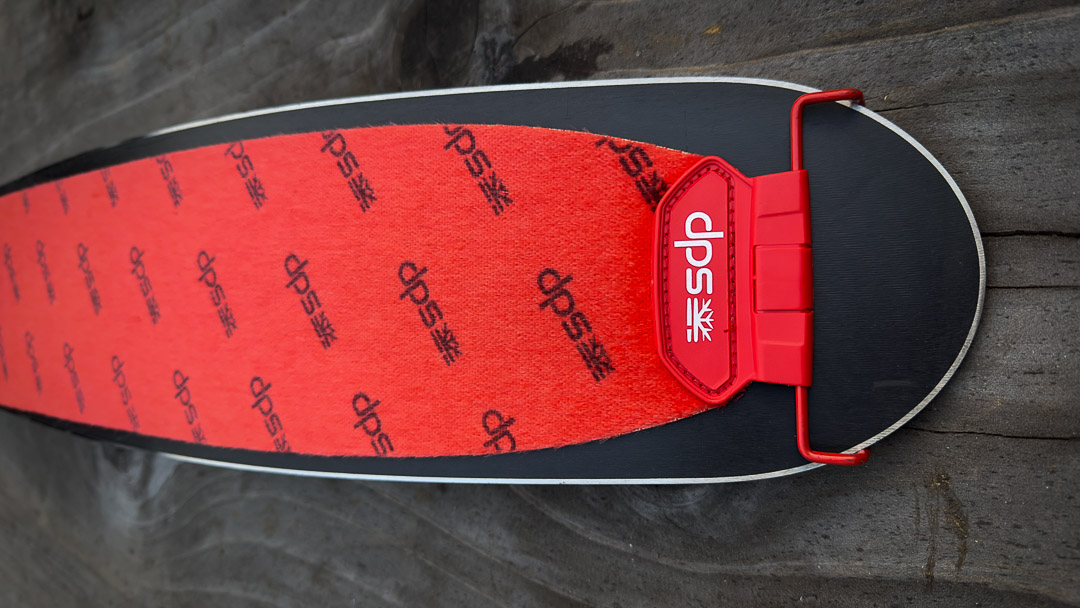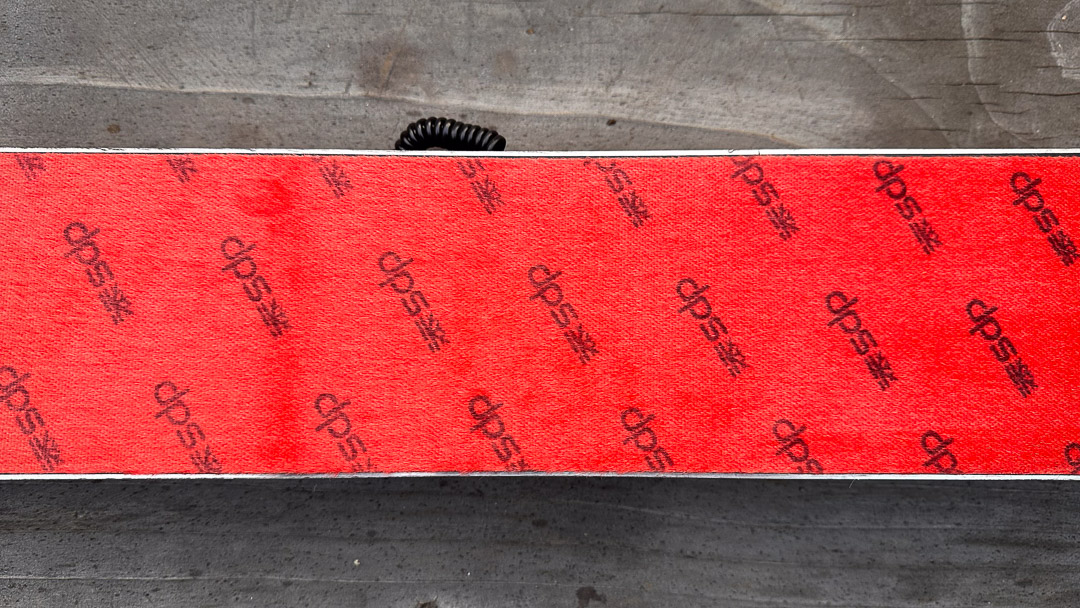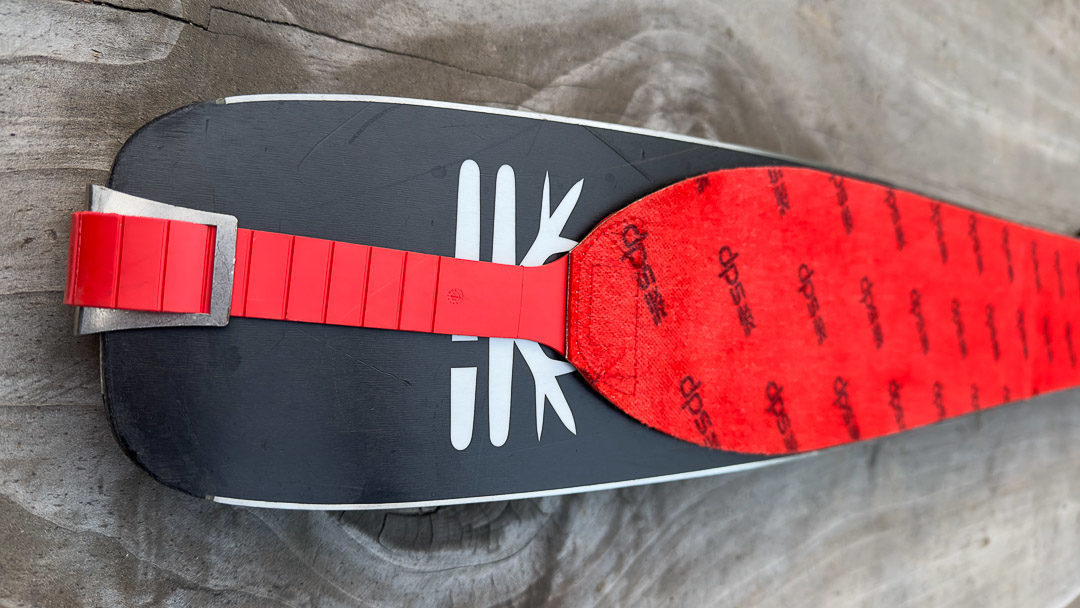Gearing up for the backcountry? Ensure you optimize grip and glide and the skins remain attached to your tips and tails: A primer on sizing skins and tip and tail attachment systems.
Sizing Skins
We’ll keep this simple: You want to maximize climbing efficiency without too little skin underfoot, as you’ll compromise grip. With too much skin underfoot, you’re hauling too many grams and maybe impacting edge hold. All this raises a point, most brands selling backcountry skis and splitboards sell precut skins. We’ll discuss DIY skin cutting/fitting in another story, but purchasing precut skins simplifies the fit process: the skins are cut specially for the length and width of the ski you’ve purchased. If you’re trimming skins, here are some general rules.
Edge Gap
You want to ensure the uphill edge of the ski is exposed for security/edge hold. Allow for roughly a 2mm gap between the ski’s metal edge and the skin. With the proper gap, the skin will not interfere with edge hold in firmer conditions and steeper skin tracks.
Near the ski tip, which has some rocker/rise, it’s not imperative to have wall-to-wall skin coverage — your tip does not come into contact with the snow when ascending. Too much skin carpet under the tip, and you’re carrying excessive weight. (Every gram counts.) The skins on the DPS skis shown below are factory cut. There’s more edge gap at the tip and tail. As the skin tapers towards the midsection (where most of your weight is distributed while skinning) most of the ski base is covered with a few mm of edge revealed on each respective side of the ski.



Some manufacturers also make straight-cut skins, leaving a wider gap between the edge and skin throughout the ski’s length. More ski base is exposed, which helps maximize glide – just ensure you are a technical sound skinner if you move in this direction.
The Tails
The tails are a bit more complicated. When ascending on skins, much of your weight should be centered over the ski’s midsection. As long as the skin goes edge to edge with the 2mm gap on each side, and your form is good, the grip should work in your favor. Having the skin run the length of the ski to the tail is excessive, even in slick conditions. And tapering the skin as it meets the tail is good form. Even skins that terminate ~30-20cm short of the tail (as long as the tail attachment system is long enough) should suffice for grip.





